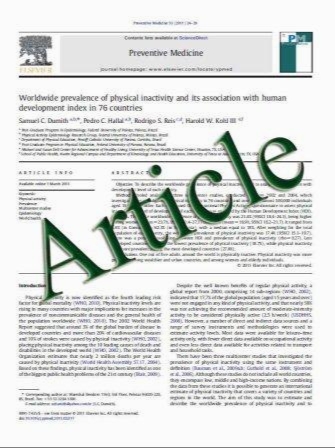Radiation exposure and risk–benefit analysis in cancer screening using FDG-PET: results of a Japanese nationwide survey
- نوع فایل : کتاب
- زبان : انگلیسی
- مؤلف : Takeshi Murano Ryogo Minamimoto Michio Senda Kimiichi Uno Seishi Jinnouchi Hiroshi Fukuda Takeshi Iinuma Eriko Tsukamoto Takashi Terau
- چاپ و سال / کشور: 2011
Description
Objective The aim of this study was to estimate radiation exposure and evaluate the risks and benefits of 18F-fluorodeoxyglucose positron emission tomography (FDG-PET) in cancer screening. Methods A nationwide survey of FDG-PET cancer screening was conducted in 2006, and the results were analyzed with a common index, ‘‘extension/shortening of the average life expectancy.’’ Results The average estimated effective dose was 4.4 mSv (male 4.7 mSv; female 4.0 mSv) for dedicated PET and 13.5 mSv (male 14.2 mSv; female 12.8 mSv) for PET/computed tomography (CT). The risk–benefit breakeven age from the viewpoint of radiation exposure was in the 40s for men and 30s for women for dedicated PET and in the 50s for men and 50s (variable injection dose) or 60s (constant injection dose) for women for PET/CT. Conclusions FDG-PET cancer screening is beneficial for examinees above the break-even ages. The risks and benefits should be explained to examinees because of the larger radiation used in cancer FDG-PET screening compared with other X-ray tests.
Ann Nucl Med DOI 10.1007/s12149-011-0511-1 Received: 19 May 2011 / Accepted: 13 June 2011


